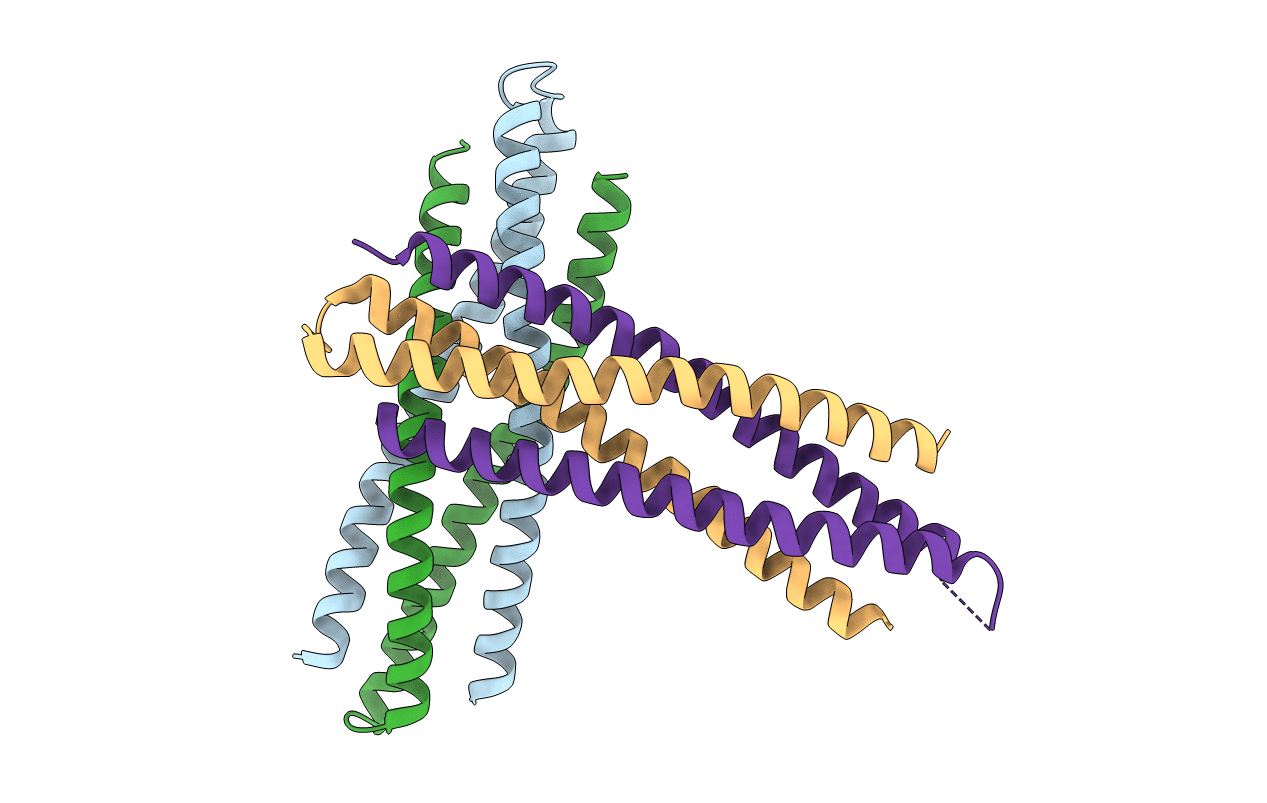
Deposition Date
2019-08-13
Release Date
2020-01-29
Last Version Date
2023-11-22
Entry Detail
PDB ID:
6KOS
Keywords:
Title:
Crystal structure of SUWA (Super WA20), a hyper-stable de novo protein with a dimeric bisecting topology
Biological Source:
Source Organism:
synthetic construct (Taxon ID: 32630)
Host Organism:
Method Details:
Experimental Method:
Resolution:
2.00 Å
R-Value Free:
0.28
R-Value Work:
0.22
R-Value Observed:
0.22
Space Group:
P 21 21 21


